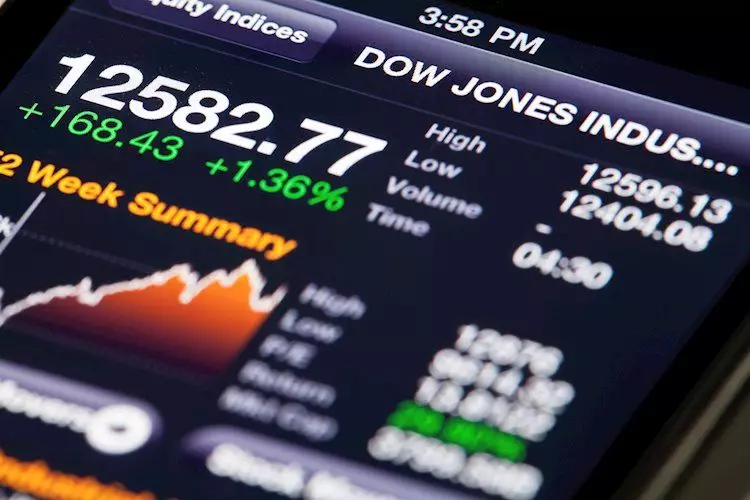The stock market has recently exhibited volatility, particularly highlighted by a notable decline in the Dow Jones Industrial Average, which fell by 0.7% last Friday. This drop signifies a retreat from prior gains that were primarily driven by investor optimism following the recent elections. Such a retraction correlates with the natural market cycles, where periods of exuberance often lead to subsequent corrections as investors reassess their positions and react to evolving economic indicators.
Elections often serve as pivotal moments in financial markets, as they can alter the political landscape and subsequently impact economic policies. Following a wave of optimism spurred by expected changes post-election, stock prices surged, driven by hopes for pro-business policies. However, as reality sets in and the implications of these outcomes are better understood, it is not uncommon for markets to adjust. The recent pullback in the Dow Jones suggests that investors are recalibrating their expectations and perhaps bracing for potential policy shifts that could divert from their initial hopes.
Amidst the backdrop of fluctuating stock valuations, the latest figures from US Retail Sales offer a mixed narrative. While October’s retail sales exceeded forecasts, the growth observed was still modest, indicating underlying concerns in consumer spending habits. This mixed performance can be attributed to various factors, including inflationary pressures and shifting consumer confidence, which could influence future spending trends. As retail sales are a critical component of the US economy, their performance provides insights into broader economic health and consumer behavior.
In light of these developments, investors appear to be adopting a more cautious approach. The recent decline in the Dow Jones, coupled with lukewarm retail sales growth, may evoke a sentiment of uncertainty across the market. Investors often seek stability, and when the indicators are unclear, it can lead to a hesitancy in investing further in equities. The interplay between consumer confidence and stock performance highlights the intricate dynamics of economic sentiment and actual market conditions.
As we move forward, all eyes will be on subsequent economic indicators to gauge the trajectory of both the stock market and the broader economy. The interplay between fiscal policy, inflation, and consumer spending will remain crucial in shaping market dynamics. For stakeholders and analysts alike, understanding these nuances will be vital in making informed investment decisions in what continues to be an unpredictable economic climate.
While the Dow Jones’s recent performance reflects an immediate reaction to political and economic stimuli, the enduring implications remain to be fully understood. The interaction between election results and market behavior underscores the complexity of investing, while the tempered retail sales growth serves as a reminder of the intricacies of consumer economics. As market participants navigate these challenges, awareness and adaptability will be essential for long-term success.

